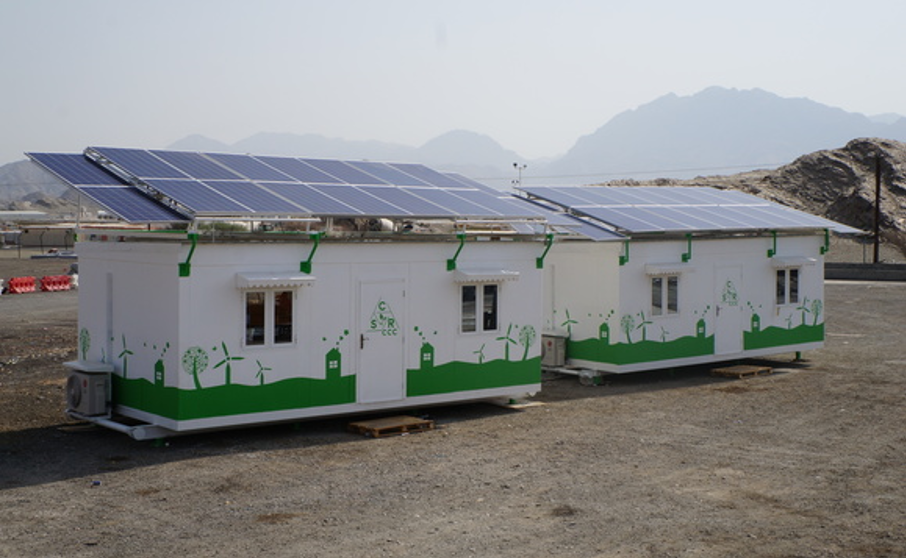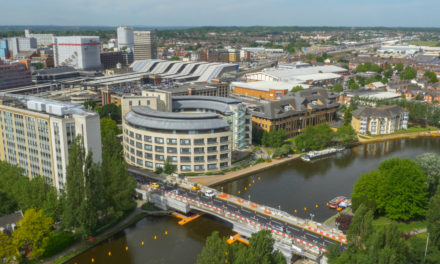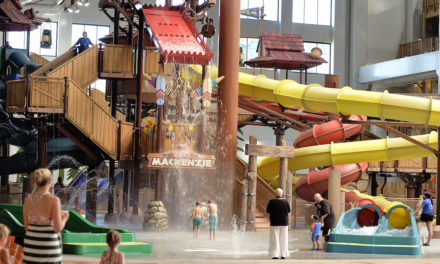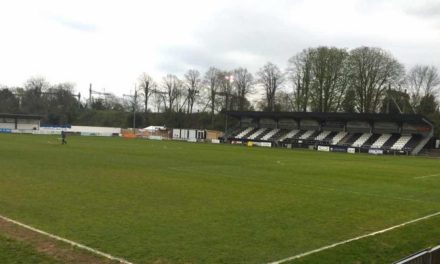Bulb Interiors project director Andrew Squires balances the environmental and health and wellbeing considerations in a modern fit-out.
Sustainability in an office fit-out can be measured in a multitude of ways.
Here we take a fresh look at some of the typical fit-out activity that can have a big impact on the environment but can be difficult to quantify and often goes unrecognised.
The traditional and most obvious measure of success or failure of a project, environmentally, is how little waste goes to landfill.
This, and other metrics, were formalised for projects of more than £300,000 through the Site Waste Management Plan legislation in 2008, only to be repealed in 2013.
The case for removing the legislation was around red tape and cost of administration. In 2020 some would consider this very short sighted and perhaps it should be re-visited.
Of course, the likes of BREEAM non-domestic refurbishment, SKA non-domestic fit-out, LEED and the International Well Building Institute’s WELL certification exist to provide measurement tools which range from environmental standards to health and wellbeing – but which one is right for your project?
WELL is strong at modelling what you can achieve and is a great tool for demonstrating a return on investment (ROI).
That ROI data identifies where your energy has been saved and tracks some less tangible information around absence and productivity and about wellbeing and your community.
This would seem the most appropriate standard to have adopted where we are now looking to give confidence to people returning to the office post Covid.
Refurbishment projects will play a huge part in the UK Government’s commitment in 2019 as they became the first major economy to sign up to the 2050 Carbon Net Zero target.
The industry must consider that over 75 per cent of today’s buildings will still exist in 2050 so we have to ensure they are fit for purpose.
Major property owners are now contributing. This includes such as Thames Valley based SEGRO and Frasers Property. As members of BBP (Better Building Partnerships), they are intent on delivering better design for climate change and adopting REEB (Real Estate Environmental Benchmark) for reporting on performance in occupation.
At Bulb we bid for projects from £100k to £3.5 million so operate at the lower end in terms of value where there is little pressure for us to embrace a particular environmentally focussed scheme.
The sporadic adoption at this level feels a bit like BIM (Business Information Modelling). Should we? Shouldn’t we?
It is so difficult to argue against BIM being adopted as a standard at an agreed value – well managed, it will contribute to the carbon success of a property across its lifecycle.
Bids of scale and complexity require environmental input from the contractor, particularly if public money is involved and time is spent coming up with innovative methods and products but the subjectively scored process is often seen as giving decision makers wriggle room to go with the preferred contractor.
In 1998 Sir John Egan was tasked with re-thinking construction. There is so little to argue about in his report but, as an industry, can we put our hands on our hearts and say we are natural adopters of new ways of working – pre-fab, proptech, etc?
Nearly all Egan’s recommendations, directly or indirectly, would lead to a positive environmental effect.
On any contract award there is a responsibility, both for us as a contractor and for the industry, to review what we have been through and refocus and clarify the client’s key drivers and understand where sustainability is key.
Who will be the sustainability champions from each stakeholder, they need to take responsibility for mapping out what sustainable success looks like?
Key project elements that can support the right sustainable approach would be:
Common understanding
Getting the brief totally accurate at the time of sign off, through a process of modelling and challenging, where possible, eliminate the need for change and make sure there is a common understanding of inherent risks and implications.
Transparency and ownership
Ensure, from the top down, everyone understands that sustainability success will be a key measure of project performance along with health & safety, quality, programme and cost management. It needs to feature heavily in all reports and meetings and have the highest level of visibility.
Travel and logistics
Making sure, where possible, labour and materials are sourced locally. Deliveries into site should be closely co-ordinated and minimised.
Considered procurement
Products used should have the right sustainability credentials, product life cycle should be understood and, if possible, products should be able to re-enter the supply chain achieving circularity.
Off-site
Prefabrication, pre-finishing needs to be embraced reducing time on site and risk, many elements can be produced in pod form.
Engineering and training
Good professional teams will design the right systems. These need installing by the right engineers, invested in getting the installation built accurately and successfully commissioned. It’s fundamental that operators are trained in their use, systems are maintained and performance is monitored.
Build defect free
Let’s strive to manage quality as we go. There is such a disproportionately high environmental, financial, and reputational cost to returning to fix things that were not picked up during the process or at completion.
There are a lot of great clients, professional teams and contractors delivering some excellent products but fundamental to success is a will from all to support the process, support each other, be ambitious and innovate where we can.
We hope technology improvements will push the agenda for renewables to be adopted as a matter of course and will talk about this in the next article.
Image below shows 100 per cent solar powered cabins.
© Thames Tap No 220 (powered by ukpropertyforums.com)
Please rate this article out of five stars below. You can comment too, using the form at the bottom of the page.














